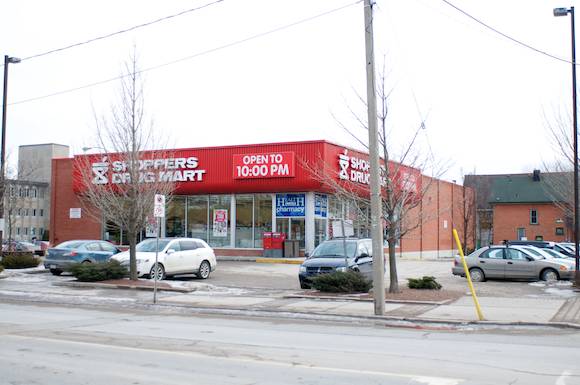 The recent unemployment statistic for the Peterborough area was welcomed news. The area’s unemployment rates for December had dropped to 7.3%—the lowest level in 27 months. As is typical of the public reaction to such good news, there is little discussion of it. It is like it was meant to be.
The recent unemployment statistic for the Peterborough area was welcomed news. The area’s unemployment rates for December had dropped to 7.3%—the lowest level in 27 months. As is typical of the public reaction to such good news, there is little discussion of it. It is like it was meant to be.
When the news of a much higher rate of unemployment in the area hit the streets, it was difficult not to end up in a discussion with someone—anyone—about who was to blame for it. Now that there is good news, no one has been asking who should get the credit. So goes Canadian culture.
In the end, punishment or reward is not the real issue. The real issue is how to maintain a low level of unemployment. History, however, has some lessons that can help us deal with unemployment—if we’re willing to learn from its lessons.
The general, historical pattern of unemployment in this area is that the unemployment rate falls between May and November each year. The bad news is that it rises between November and May. That means that in the Spring, we will likely be getting news that unemployment is up again.
An indicator of the health of the local economy will be, in part, the degree to which unemployment increases between now and May. If it goes back to a level over 10%, as it was in 2010, the economy will, once again, not be doing well. Any level under 10%, the news is good—in relative terms.
The volatility of unemployment is a problem in itself. If there were ways for us to creatively develop what economists call "countercyclical" activities that would reduce the swings in unemployment over a year, the stability that would come with it could, in itself, promote economic growth.
It seems rather obvious that the May-to-November decrease and November-to-May increase pattern has systemic roots. That is, there is something about economic activity in the area, as a whole, that leads to these results. The seasonality of a lot of activities related to the weather—from construction to tourism—clearly has an impact.
However, with dismally poor performance in productivity across Canada—including our area—there must be something we can do to treat the historical pattern as an opportunity to provide a meaningful experience for the larger group of unemployed in the November-to-May period. This would have the potential to improve their productivity and future employment prospects.
There are a number of activities that could be developed to address the lethargy of the November-to-May phenomena. To address how to do this, however, requires that we consider activities that are non-traditional, in one degree or another.
For instance, providing incentives for businesses and other organizations to offer employment opportunities— even if they were in short-term contracts that could possibly lead to full-time employment—could contribute positively to the Winter/Spring malaise. This could be addressed by any, or all, levels of government, and perhaps even by private- and public-sector organizations in their planning of activities over a year.
There could be, with some creative program timing and content, education and training opportunities offered locally that would cater to those who most often experience unemployment during this period. This kind of programming could improve their prospects for future, long-term employment, make them more productive when they are employed, and could be taken as credit toward recognized certificates, diplomas, or degrees. This would require some non-traditional scheduling, programming, and methods for delivering educational and training opportunities that fit the realities of the local unemployment cycle.
I am not aware of there being concerted effort—across all sectors—to address economic realities of the employment cycle in the area. However, with a collective willingness—socially, politically, and organizationally—we can address this issue and turn the unemployment rollercoaster into a smoother, more pleasant ride.
[Contributed by PtboCanada's Tom Phillips Ph. D. Phillips is Economist & Sustainability Director - Greater Ptbo Innovation Cluster.]
Tip us at tips@ptbocanada.com. Follow us on Twitter @Ptbo_Canada or Like us on Facebook.














